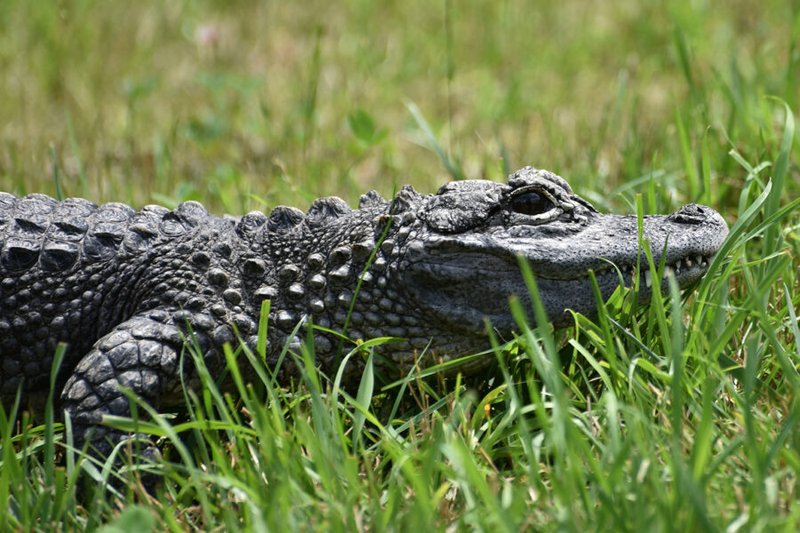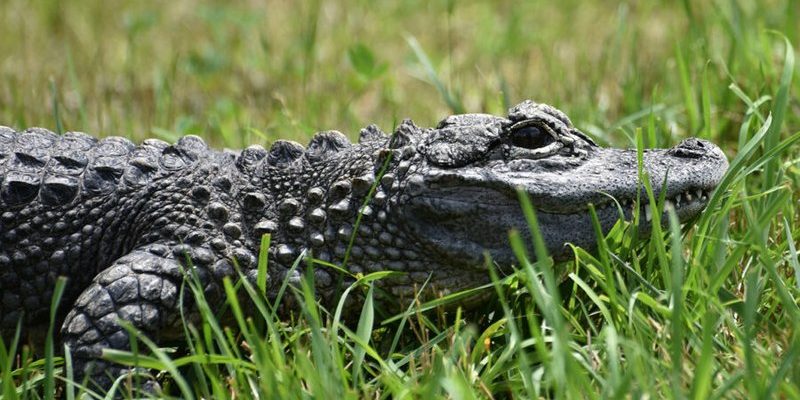
Just like a good book, the breeding and reproductive behavior of the Chinese alligator unfolds with intriguing twists. From courtship displays to nesting sites, the story of how they mate and raise their hatchlings is like a captivating drama where each character plays a unique role. So, grab a cup of coffee, and let’s dive into the world of these incredible reptiles.
Understanding the Chinese Alligator
The Chinese alligator (Alligator sinensis) is one of the smallest species of alligator, reaching only about 5 to 7 feet in length. Often found in freshwater marshes and lakes in eastern China, they prefer slow-moving waters. Unlike their larger relatives, these alligators have a more modest build, which makes them quite the expert in camouflage amidst the lush foliage of their habitat.
One fascinating aspect of these alligators is how they’ve adapted over time. Their populations have decreased significantly due to habitat loss and hunting. Now, they are considered critically endangered. Understanding their breeding behavior is crucial for any conservation efforts. By studying how they reproduce, researchers can develop strategies to encourage population growth and protect this unique species.
Mating Rituals of the Chinese Alligator
When it comes to attracting a mate, the Chinese alligator engages in a variety of courtship behaviors that are nothing short of fascinating. During the breeding season, which typically occurs in late spring, males begin to assert their dominance and attract females. They do this using a series of vocalizations, including deep bellowing and hissing, which can travel over water and through dense vegetation.
Once a male finds a female, he initiates a courtship display that includes synchronized swimming. Imagine a slow dance in the water; they swim side by side, often twisting their bodies in rhythmic patterns. This behavior not only strengthens their bond but also shows off their fitness level. The female will usually respond positively to the male’s display if she is receptive, eventually leading to mating, which involves a brief and intense process.
The Nesting Process
After a successful mating, the female Chinese alligator turns her attention to nesting. Typically, she will seek out a secluded spot near the water, often on elevated ground where there’s plenty of vegetation. Nests can take the form of a simple mound made of mud and plant material, carefully constructed to provide camouflage and protection.
The female lays about 20 to 30 eggs within the nest, which she covers with more plant material to keep them safe from potential predators. Here’s the thing: she’s not just going to abandon her eggs. The mother remains nearby, guarding her nest fiercely from any intruders. This protective behavior is critical because eggs can be vulnerable to attacks from animals like raccoons or even other reptiles.
Egg Incubation and Hatching
Once the eggs are laid, the incubation period begins. Depending on environmental conditions like temperature and humidity, the eggs usually hatch after about 65 to 70 days. Interestingly, the temperature at which the eggs are incubated can determine the sex of the hatchlings. Warmer temperatures produce males, while cooler ones yield females.
When the time comes for the eggs to hatch, the tiny alligators begin to chirp, signaling their readiness to break free. The mother hears these calls and helps them emerge by carefully digging them out of the nest. This moment is a delicate balance of care and instinct; the mother must be attentive to her hatchlings while also protecting them from any potential threats.
Parental Care and Raising the Young
Once hatched, the young Chinese alligators are quite vulnerable. Here’s where parental care comes into play. The mother stays close and often leads her hatchlings to water. It’s adorable to watch, as the little alligators follow her in a line, learning the ropes of their new life.
In the first year, these hatchlings are mostly dependent on their mother. She continues to guard them from predators and helps them learn to hunt for food. Even as they grow, maternal care doesn’t stop immediately. Mothers will stay nearby for several months before the young alligators become fully independent. This nurturing phase is essential for their survival, giving them the best chance to thrive in their natural environment.
Challenges and Conservation Efforts
Despite the remarkable reproductive strategies of the Chinese alligator, challenges abound. Habitat destruction, pollution, and illegal hunting have severely impacted their populations. Efforts to conserve this species are underway, focusing on protecting their habitats and raising awareness about their plight.
Conservationists are also working on breeding programs that mimic natural conditions. These programs help ensure that hatchlings can grow and thrive in environments similar to their natural habitats. By increasing awareness and working towards habitat restoration, we can help these fascinating creatures continue their unique life cycle for generations to come.
The Importance of Understanding Breeding Behavior
Understanding the breeding and reproductive behavior of the Chinese alligator is vital not just for the species, but for biodiversity as a whole. When we learn how one species survives and thrives, it provides insight into the delicate balance of ecosystems. Each creature plays a role, and losing one can ripple through the entire environment.
By supporting conservation efforts and spreading knowledge about the Chinese alligator, you can contribute to preserving not just their future, but the health of the ecosystems they inhabit. Every effort counts!
In conclusion, the reproductive behavior of the Chinese alligator is a captivating story of survival, care, and adaptation. From mating rituals to the nurturing of hatchlings, these alligators provide a window into the complexities of life in nature. As we continue to explore and protect them, we open doors to more incredible discoveries in the world of wildlife. So next time you think about alligators, remember the intricate dance of life that continues quietly in the marshes of China.

